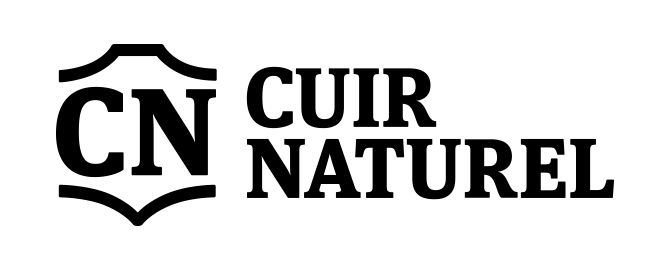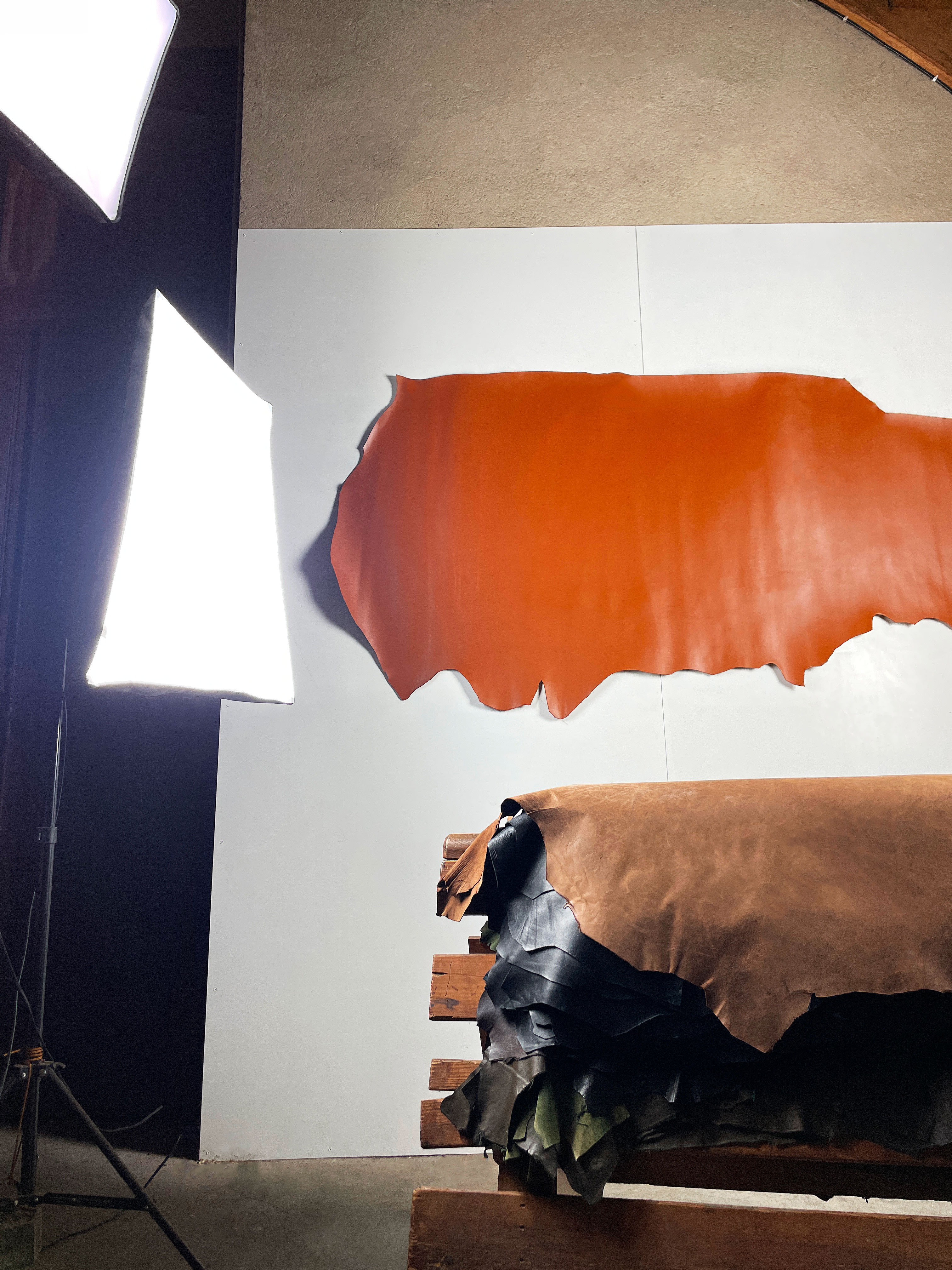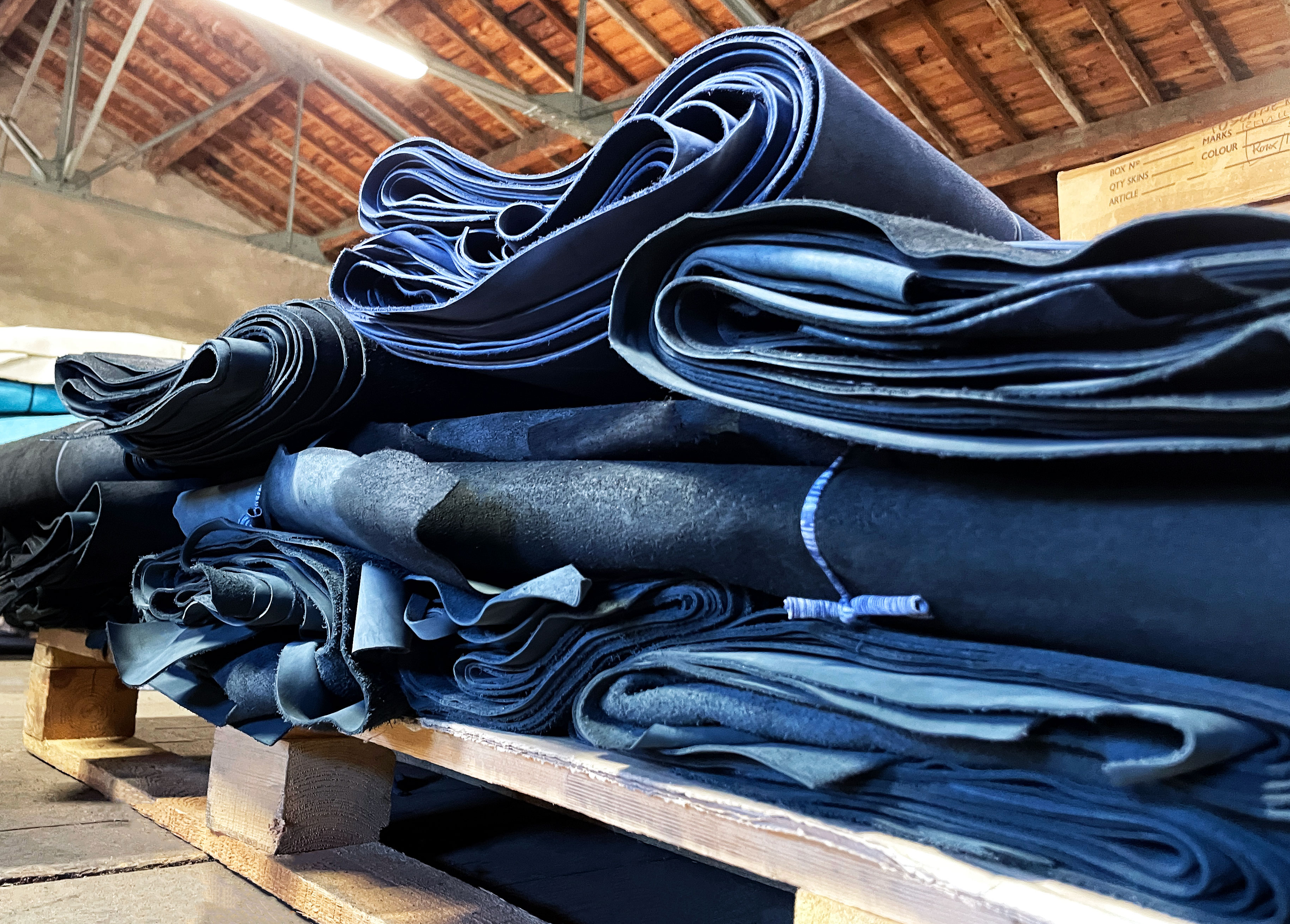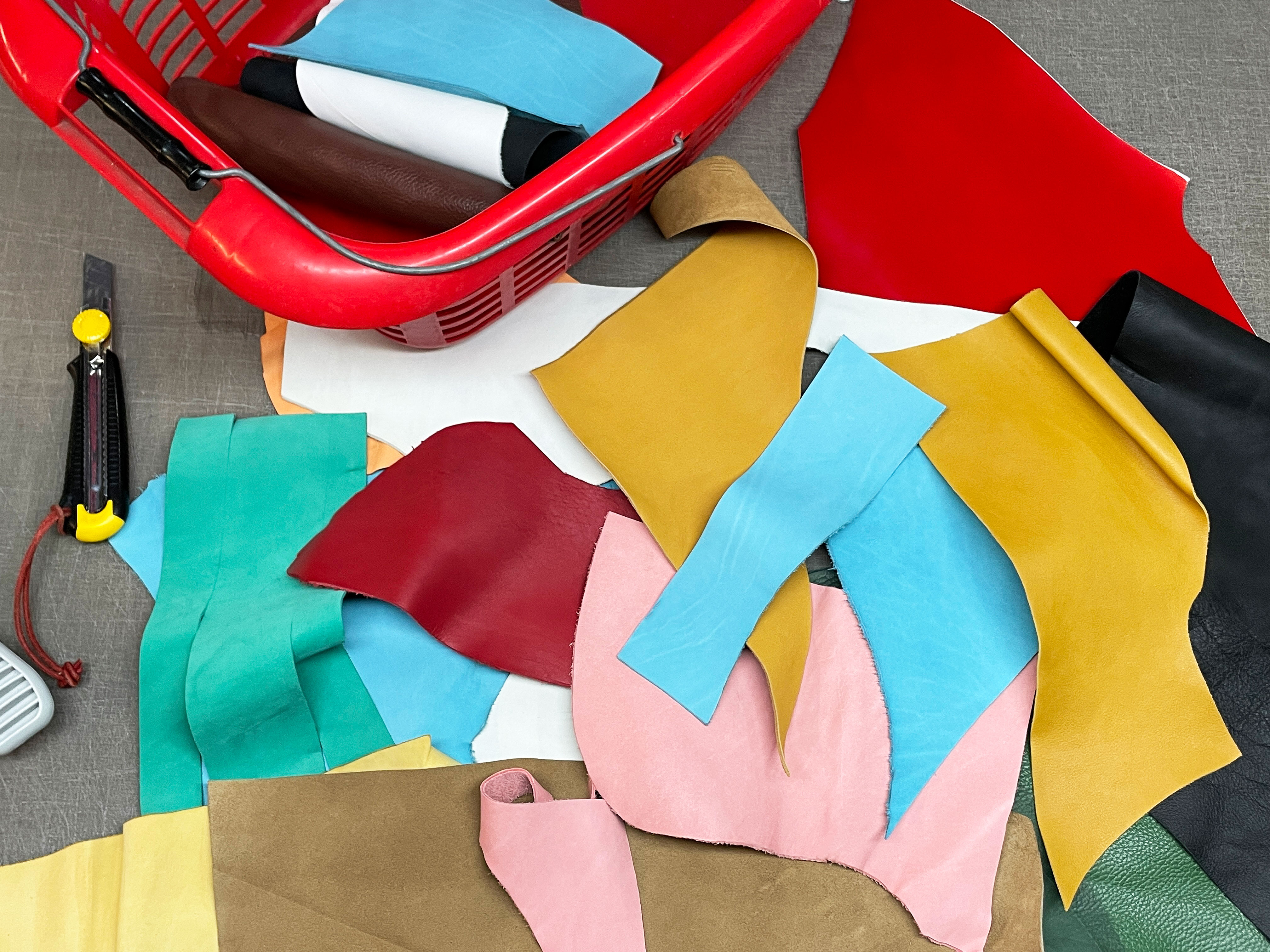Authentic leather: a durable material ?
To want to replace original leather with leather alternatives, would public opinion have ended up neglecting the benefits of this product ? Would we have forgotten that leather is a sustainable product, responsible because of the waste produced by the food industry ?
It is this idea that the national leather institute wishes to convey through a communication campaign, which aims to scare away preconceived ideas about this noble product.
By mixing science with a slight hint of irony, the National Leather institute manages to suggest that this is a real innovation that will change the course of sustainable development: “RIUC Industrie exclusively presents a new sustainable and natural material: RIUC” or “RIUC is a high-quality bio-sourced material from organic fibre recycling.”
The anagram underlines the fact that this sustainable and eco-responsible material has always been present in our daily lives, but rarely considered as such.
What are the advantages of leather ? How does it stand out ?
On their website : riuc.fr , the idea is to prove through several experiments, that for the moment, all the leather alternatives don't have presents as many qualities as those of leather.
Indeed, the physical properties that make the leather reputation : longevity, permeability, resistance to bending, tension or abrasion, remain unmatched.
In addition, the complexity of the fibers that make up a leather, are very difficult to imitate. Getting such a strong product while maintaining its lightness remains complicated. Just like the unique touch offered by an animal skin, which will remain much more qualitative and precious than that proposed by a synthetic leather composed of plastics from petrochemical industries.
The leather market and its ecological initiatives: progress ?
Every year in France, leather professionals, tanneries allow the food industry to process between 160,000 and 170,000 tons of organic materials into leather. While dealing with an extraordinary waste, this annual activity makes it possible to value a product intended for abandonment.
However, the campaign managers know how to be realistic. It is clear that zero environmental footprint does not exist when creating or processing a product.
On the other hand, it is indeed possible to bring it down each year through different areas of improvement. Indeed, more and more wastewater treatment plants are multiplying within tanneries and metering plants in order to reduce the consumption of resources (water and energy).
If you would like to learn more about these initiatives, take a look at our first blog article written in the Raynaud Jeune" tannery. ("Tarn department" in France).
For its part, Cuir Naturel decided to opt for an upcycling strategy. In other words, the idea is to revaluate the stock ends of manufacturers or the unsold of tanneries.
By fighting against waste, and by offering to the sale of unique lots, our goal is to offer products of excellent quality to individuals as well as artisans. (Find all our working methods in the article: "Our Upcycling method, the origin of our skins and their shipments").
If you are still uncertain about the leather qualities, we invite you to read our other articles on our BLOG.
You will find tips, tricks and technical elements that will allow you to become a real expert in the subject.
Do not hesitate to share them to make your friends wait until the publication of the next ones !




